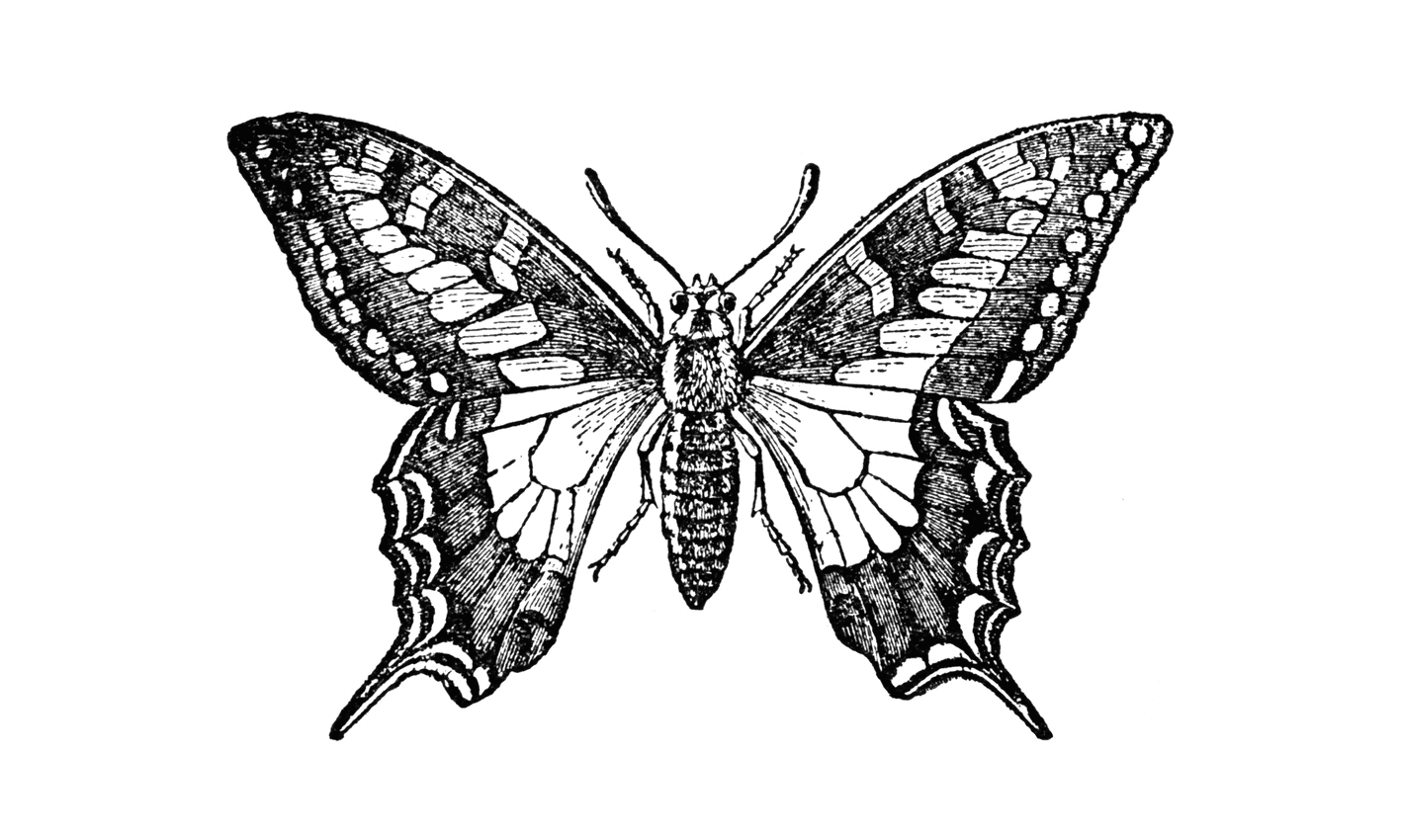Where are all the little creatures in our cities?
There have been alarming declines of ladybirds, moths, bees, butterflies and beetles in our cities over the last 30 years – the urban eco-system barometer of how cities are responding to climate change.
The little creatures are the inner beauty of invisible design who we need to multiply by optimizing the benefits of nature, and combining scientific theory with collaborative design. Approximately 80% of plants are angiosperms require pollination from either bees, butterflies or other pollinating insects; without these pollinators, most plant life would disappear in our urban mosaic of habitats. However, when we put people and eco-systems first, we design towards a new lifestyle as a living system.
The Danish urbanist, Jan Gehl neatly summarises his approach as, ‘First life, then spaces, then buildings.’ In other words, as designers, our responsibility is for people and eco-systems before developing the places, and ultimately designing the buildings. By making conscious decisions to design the landscape with urban eco-systems as bio-filters, we can ultimately make a difference to atmospheric CO₂ trends.
Currently, cities account for around 75% of the world’s carbon emissions energy consumption. To address these complex urban challenges to complement the more typical landscape approaches to climate change, we need to have the responsibility of keeping abreast of green energy and water research, implementing hybrid functionality and ultimately to work towards a more balanced supply.
We need to explore more integrated approaches to challenge some of the conventional approaches to create solutions to reduce energy demands and increase renewable energy supply / re-use, to continue to inspire innovative ideas for new ways of thinking about the urban heat island, smart building orientation, re-use of water, efficient energy consumption and building façade / roof treatments.
Intelligent massing at the earliest stages of urban planning and includes harnessing local opportunities and building orientation as part of an integrated microclimatic response. For buildings, we are seeing integrated green roofs and water storage created for aquaculture through tilapia tanks to create high yield food production within buildings. The technology had been around for decades – it’s the collaborative mindsets between disciplines that need to come together.
Benefitting from solar energy for passive heating in winter, prevailing winds as a cooling mechanism, and creating shelter and shade from unwanted solar gain and glare and shelter from cold winter winds and local air pollution in the public realm. Whilst planting creates shelter from sun during hot months, this needs to be balanced with admitting daylight and low angle solar energy for passive heating in winter.
J. Gehl (2011) Life Between Buildings: Using Public Space. Washington DC: Island Press
Article featured on World Landscape Architecture, March 2019 as part of their series on climate change adaption www.worldlandscapearchitect.com/where-are-all-the-little-creatures-in-our-cities/#.XICERMAzaM9

